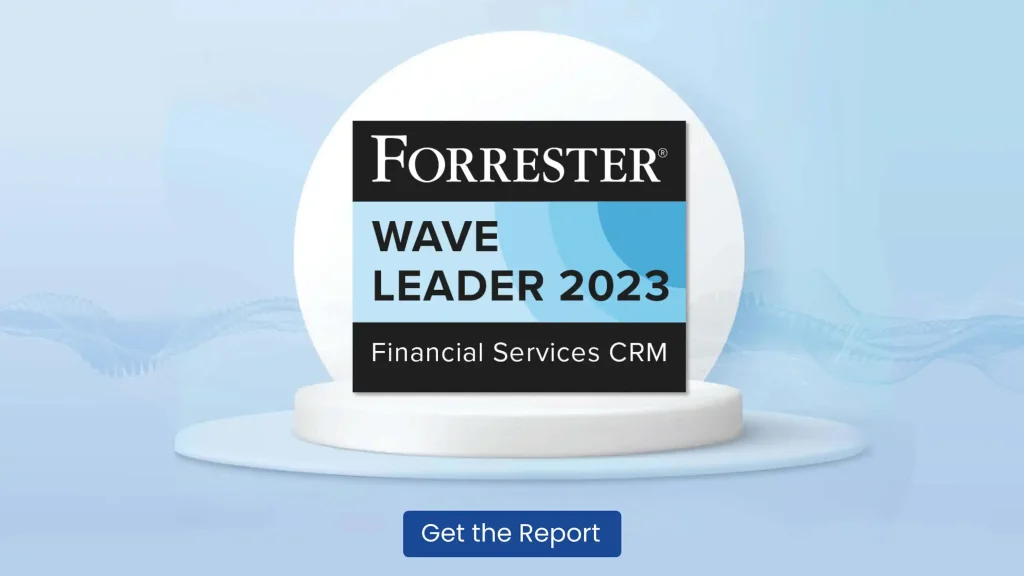A CRM is a valuable tool that enables banks and credit unions to break down silos and offer a full view of the customer or member across the entire organization and all channels. This can help banks and credit unions improve relationships, grow accounts, increase loyalty, and enhance the overall experience.
Yet, while financial institutions are eager to harvest customer data into actionable analytics, getting the most out of a CRM takes more than just a plug-and-play big-box solution. Banks and credit unions that jump headfirst into a tool without the appropriate planning and strategy typically fail to achieve desired results or a solid return on investment.
By designing a CRM strategy, financial institutions will have a roadmap to customize, deploy, and make the most of a customer or member relationship management tool. However, it offers other benefits, including a greater understanding of the customer or member journey and the ability to identify new opportunities.
Strategy: A Critical Component of Banking CRM Success
A well-thought-out and designed CRM strategy can help banks guide the implementation and use of a CRM tool. The strategy should clarify the goals, identify the customer or member journey, help make the most of the CRM, and optimize the return on investment.
Additionally, a CRM strategy can help a financial institution think through additional benefits, address any gaps in the marketplace, and offer a roadmap to continuously enhance the value of the CRM. It can also help customize the CRM to the individual bank or credit union according to status, size, risk tolerance, governance, goals, and available data. As no two banks have the same needs, organizations must make the tool work for them.
Banks and credit unions should consider their strategy before securing a tool. While some FIs have the talent to create a data and CRM strategy, the right vendor can also help ensure clients get the most from their solution.
A CRM vendor should offer support, share industry best practices, and have a team with financial services experiences and an understanding of the pain points of banks and credit unions. By taking a collaborative approach to planning and strategy, the vendor and client can work together to ensure they get the most from the CRM.
While a CRM strategy helps the financial institution make the most of its data and CRM, it also enables it to learn more about its operations and customers. Banks and credit unions can leverage a CRM throughout the organization to deliver continual value by better understanding their goals and the customer journey.
There are four main ways a CRM strategy can help banks and credit unions:
It Offers a Better Understanding of the Customer/Member Journey
McKinsey notes that many banks fail in digital transformations because they don’t adequately measure and deliver value. Often, these shortcomings are rooted in the fact that they don’t fully understand the customer journey. Banks and credit unions may speculate how their customers and members arrive in the channels and convert, but they don’t always have a clear picture.
When creating a CRM strategy, banks and credit unions must map the customer journey and identify gaps and inefficiencies. This enables them to learn a lot more about their customers in the process. It offers an opportunity to map out the channels, track how customers go from the top to the bottom of the funnel, convert, and migrate to additional products and services. This helps with CRM design and enables them to discover new opportunities and markets.
A banking CRM tracks a customer’s journey from their first account opening through various interactions like mobile app use and customer service calls. By analyzing this journey, the bank or credit union can uncover customer pain points and learn their preferred communication channels. It can also leverage transactional data and interaction history to identify patterns in customer behavior, such as frequent types of transactions, common service requests, and typical channels used for banking activities.
It Identifies New Opportunities and Helps Clarify Goals
A banking CRM can track the range of products held by each customer (e.g., checking accounts, loans, and credit cards) and identify cross-selling and upselling opportunities. It can also break this down to segment customers by life stages. Mapping out a CRM strategy helps banks and credit unions get clear on their goals in the process. A CRM strategy often considers several tiers of goals, from quick and easy short-term wins to ambitious long-term goals.
Short-term goals and Opportunities
Start with improved visibility, efficiency, and better customer service. Banks and credit unions can often find low-hanging fruit with an instant return on investment by improving operational efficiency and customer service. A CRM offers a single source of information with a centralized, 360-degree view of customers. Banks and credit unions can immediately reduce redundancy and many manual processes.
Mid-term goals and Opportunities
Greater personalization and service sales motion. A CRM offers greater insight to personalize outreach and actively engage customers with tailored offers and next-best products. For example, the financial institution can make personalized offers before a CD is set to mature or a loan is nearly paid off.
Long-term goals and opportunities
Data enrichment and improved customer journeys. The most advanced part of CRM deployment involves gaining deeper customer insight and greater predictive capabilities from customer data and transactions. For example, a new series of expenditures on auto repair may indicate a customer may soon need a new car and loan. Meanwhile, withdrawals to niche fintechs may also reveal a customer has needs the financial institution does not offer.
It Offers a Roadmap for Execution
While a CRM strategy lays out a path to provide value, it also offers a plan for how it will be deployed and who in the organization will use it. This includes identifying stakeholders and building workflows based on customer journeys.
With this advanced planning, financial institutions have a roadmap to envision how the CRM can be deployed and how it will operate. From there, it can determine workflows, training needs, and any other processes to be implemented. A banking CRM reads and writes the to core, meaning banks and credit unions can deploy offers, update account info, issue products, and resolve cases directly in the CRM. As the CRM can be accessed across the bank, each department can identify its action centers and how to use the tool to drive value.
It Helps Measure Performance and Optimize the Return on Investment
McKinsey notes it takes more than just analytics to succeed with personalization. Banks and credit unions must ensure the ecosystem is also set up to use the analytics. Many banks report sporadic and inconsistent customer data and poor campaign integration and tracking.
As developing a CRM strategy entails establishing a baseline of performance metrics, banks can measure performance to optimize their return on investment. There are many metrics banks can use to measure performance, such as cost per acquisition, lifetime customer value, and conversions by lead source. By regularly monitoring these metrics, institutions can continuously refine and adjust their strategies for better results.
A CRM tool can help banks and credit unions improve efficiencies, enhance the customer experience, and grow accounts. By putting a CRM strategy first, financial institutions can improve their results, maximize their return on investments, and discover new opportunities in the process.
If you want to see the ultimate CRM for banks and credit unions, click here to watch an interactive demo.

